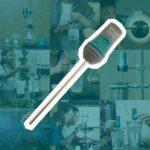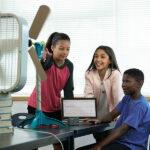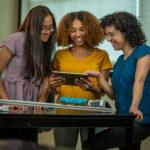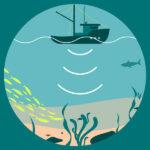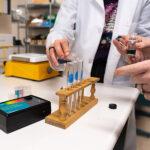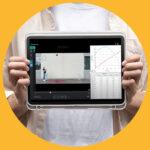
Sharing ideas and inspiration for engagement, inclusion, and excellence in STEM
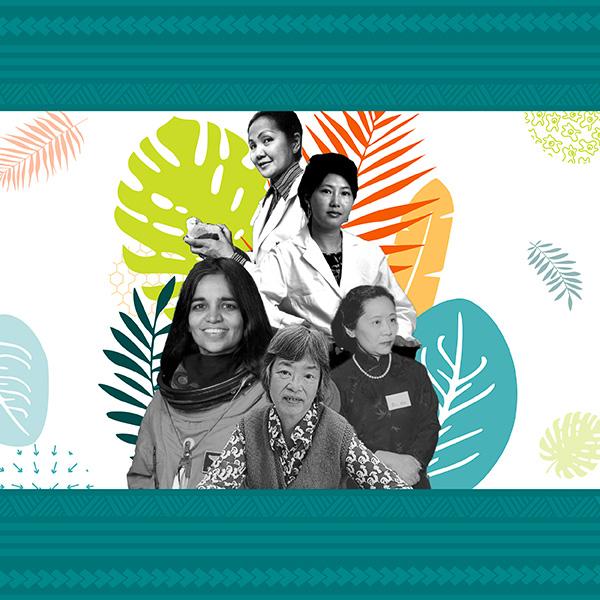
May is National Asian American and Pacific Islander Heritage Month, an excellent time to help your students learn about the pivotal contributions Asian Americans, Native Hawaiians, and Pacific Islanders have made to the STEM fields—and continue to make today! As we celebrate their accomplishments, it’s also important to acknowledge the gaps in visibility within these groups, particularly among AAPI women in science. For example, recent studies have shown women in this demographic are notably less likely to be employed in leadership positions in STEM, even when highly educated. This discrepancy also persists in educational resources, where textbooks continue to underrepresent women and people of color in STEM. To help spotlight their considerable academic and scientific research contributions, here are five influential AAPI women whose stories and achievements you can share with your students, as well as a few experiment ideas to connect with their research.
Dr. Flossie Wong-Staal, Chinese‑American Virologist
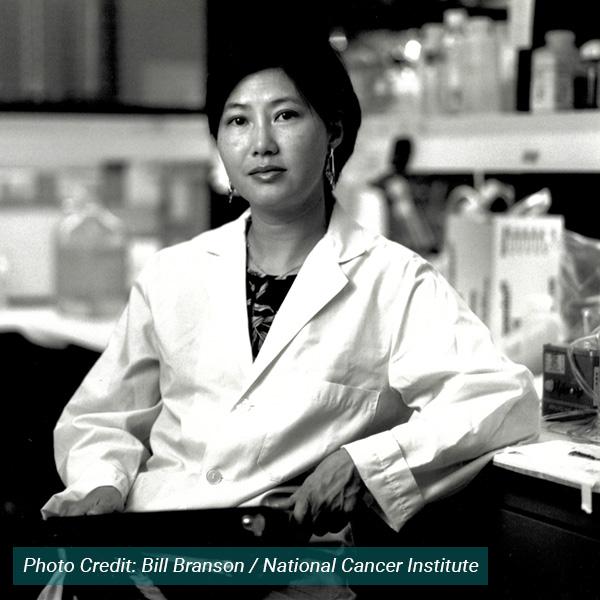
Born in Guangzhou, China in 1946, Dr. Wong-Staal moved to Hong Kong at the age of seven and later to the United States when she was 18. After earning her PhD in molecular biology from UCLA in 1972, Wong-Staal took a postdoctoral position at the NIH Laboratory of Tumor Cell Biology. Wong-Staal quickly ascended to section chief and co-authored more than 100 journal articles within a decade.
A major milestone in her career was becoming the first scientist to clone HIV and determine the function of its genes, a crucial step in proving that HIV is the cause of AIDS.
Her research on HIV variations significantly advanced the development of effective antiviral therapies to manage AIDS. In 1990, Wong-Staal founded the Center for AIDS Research at the University of California, San Diego, focusing on researching gene therapy and ribozymes as therapeutic approaches to fight. She later co-founded iTherX Pharmaceuticals to improve hepatitis C treatments. Wong-Staal’s legacy was honored by her 2019 induction into the National Women’s Hall of Fame, shortly before her passing in 2020.
Read more about Flossie Wong-Staal
Dr. Isabella Abbott, Native Hawaiian Ethnobotanist
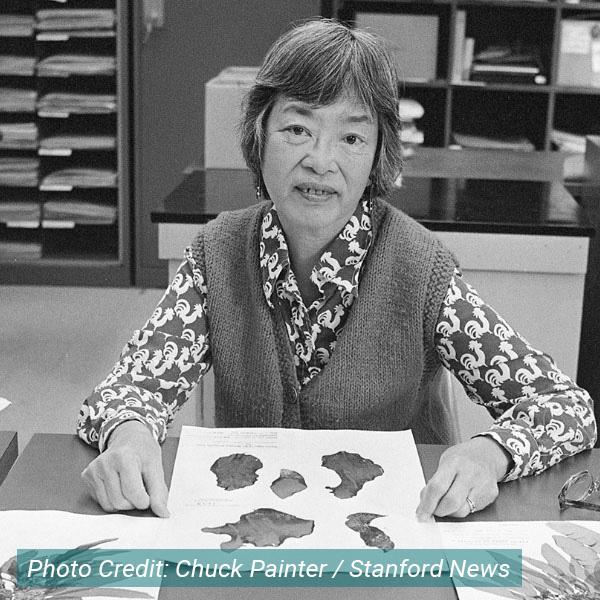
Born in 1919 in Hawaii, Dr. Abbot was first introduced to the world of ethnobotany by her mother, who taught her about edible Hawaiian seaweeds (limu) and native plants in her childhood. She earned her PhD in botany from the University of California, Berkeley, in 1950, becoming the first Native Hawaiian woman to receive a doctoral degree in any scientific field.
In 1971, Dr. Abbott broke another barrier as the first woman and person of color to join the faculty of Stanford University’s Biology Department, where she had already been lecturing for over a decade.
Known as the foremost authority on the algae of the Pacific Ocean basin, she received a lifetime achievement award from the Hawaii Department of Land and Natural Resources for her coral reef research. Over her career, Abbott discovered over 200 species of algae, including an entire genus with her namesake—Abbottella, which means “little Abbott.”
Read more about Isabella Abbott
Connect to Your Classroom
Introduce your students to the science behind Abbott’s ethnobotany and algae research with Vernier experiments that investigate photosynthesis in algae or explore how water quality impacts the health of aquatic ecosystems.
Dr. Isabella Abbott introduces the ethnobotany of limu (edible seaweed) in this introductory series.
Dr. Chien-Shiung Wu, Chinese‑American Physicist
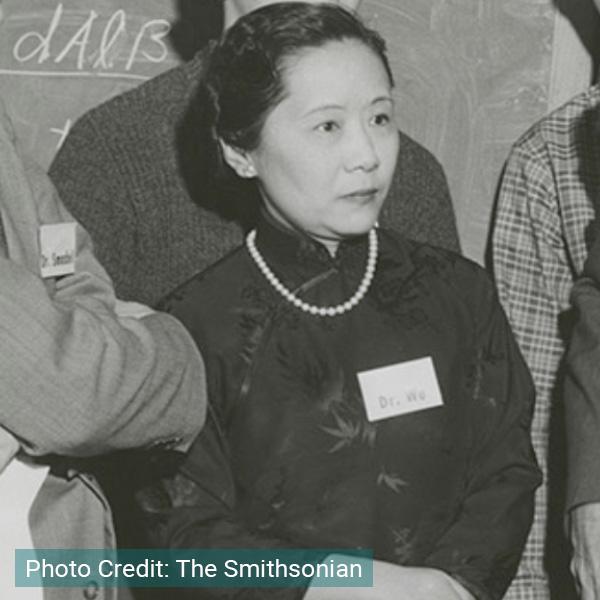
Dr. Chien-Shiung Wu, often referred to as the “First Lady of Physics,” had a profound impact as an experimental physicist. After topping her class at Nanjing University in China, she pursued her graduate studies at the University of California, Berkeley, where she earned her PhD. Wu became a pivotal figure in the Manhattan Project during World War II at Columbia University, where her work involved enhancing Geiger counters for radiation detection and improving uranium enrichment processes.
Dr. Wu was the first to confirm Enrico Fermi’s 1933 theory of beta decay, and her most famous contribution, the Wu experiment, challenged the established Law of Conservation of Parity. Despite her efforts designing and carrying out this groundbreaking experiment that stunned the physics community, only her male colleagues Tsung-Dao Lee and Chen Ning Yang were awarded the Nobel Prize. Wu later commented at an MIT symposium, “I wonder whether the tiny atoms and nuclei, or the mathematical symbols, or the DNA molecules have any preference for either masculine or feminine treatment.”
Despite the Nobel snub, Wu broke many barriers throughout her career: she was the first woman to serve as president of the American Physical Society, the first female faculty member in the Physics Department at Princeton University, and among the first women elected to the National Academy of Sciences. Her legacy continues to inspire, with numerous awards in her name and an asteroid, 2752 Wu Chien-Shiung, named in her honor.
Read more about Chien-Shiung Wu
Dr. Kalpana Chawla, Indian‑American Aerospace Engineer
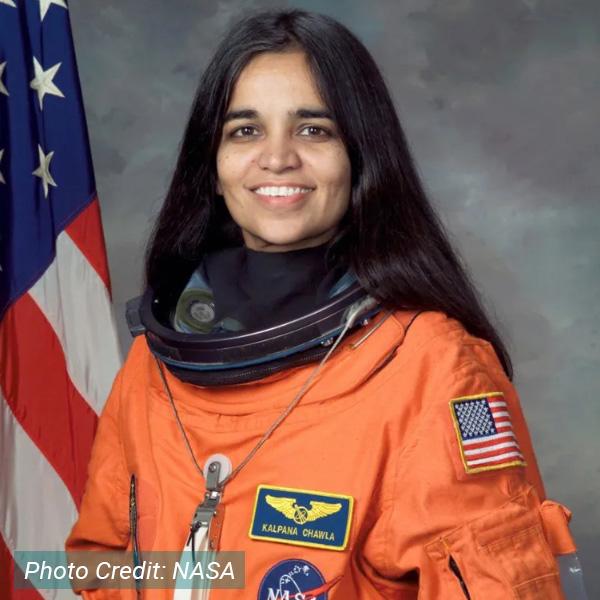
Dr. Kalpana Chawla was the first woman of South Asian descent to go to space, logging more than 30 days over two space shuttle missions. Born in Karnal, India, she cultivated a passion for flight and engineering from a young age. After immigrating to the United States, she earned her PhD in aerospace engineering from the University of Colorado in 1988. That same year, Dr. Chawla joined NASA’s Ames Research Center, focusing her research on aerodynamics using computational fluid dynamics.
Selected as an astronaut candidate, Dr. Chawla made her first flight in 1997 aboard the space shuttle Columbia on flight STS-87 where she operated the shuttle’s robotic arm as a mission specialist.
In 2003, she embarked on her second and final mission, STS-107, completing more than 80 experiments during the 16-day flight. Tragically, the mission ended when the shuttle disintegrated upon re-entry into Earth’s atmosphere. She was posthumously awarded the Congressional Space Medal of Honor, and her legacy continues to inspire young women worldwide.
Read more about Kalpana Chawla
Roseli Ocampo-Friedmann, Filipino‑American Microbiologist
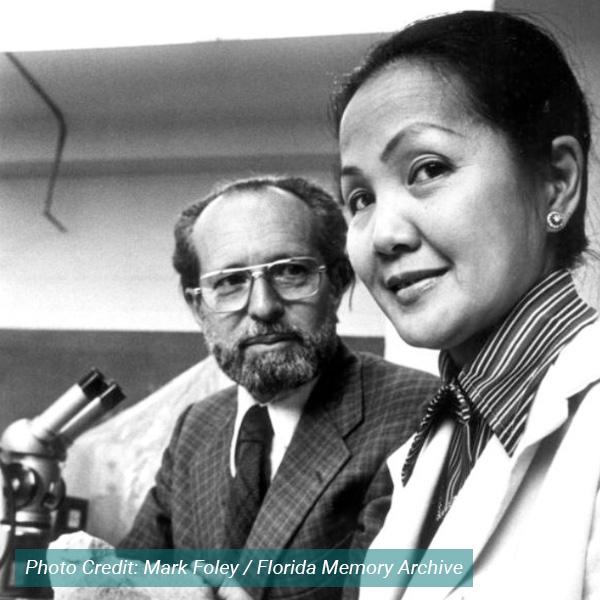
Born in the Philippines in 1937, Dr. Roseli Ocampo-Friedmann was a pioneering microbiologist renowned for her research on microorganisms and cyanobacteria in extreme environmental conditions. After earning her PhD from Florida State University in 1973, she embarked on a career that led her to collect more than 1,000 types of microorganisms from some of the world’s harshest and most extreme environments.
Her most significant work took place in the Ross Desert region of Antarctica where she discovered cryptoendoliths, microorganisms that colonize the structural cavities of rocks, that could tolerate extreme cold.
Dr. Ocampo-Friedmann successfully cultured these microorganisms back in her lab and her published findings have been cited by NASA and the National Science Foundation as foundational for understanding the potential of life on Mars and the future of terraforming efforts. Dr. Ocampo-Friedmann also served as a science consultant for the SETI Institute, before her passing in 2005. Her pioneering research not only expanded our understanding of life’s potential on Earth but continues as a legacy to the potential of life beyond Earth.
Read more about Roseli Ocampo-Friedmann
Connect to Your Classroom
Explore the science behind Ocampo-Friedmann’s microbiology research with Vernier experiments that investigate photosynthesis in algae or explore how environmental temperatures affect living organisms.
Looking for more ideas to inspire additional conversations about AAPI contributions to STEM fields? Check out these resources.
Share this Article

Sign up for our newsletter
Stay in the loop! Beyond Measure delivers monthly updates on the latest news, ideas, and STEM resources from Vernier.

